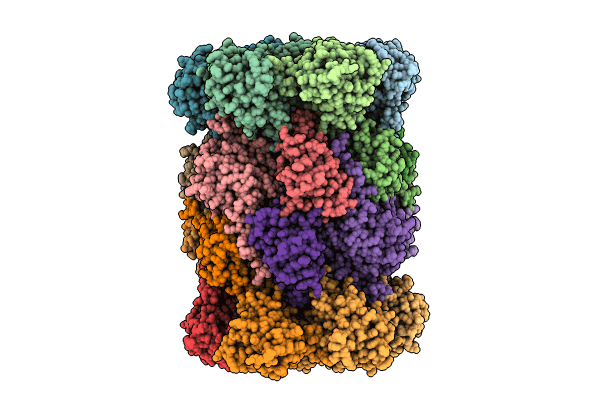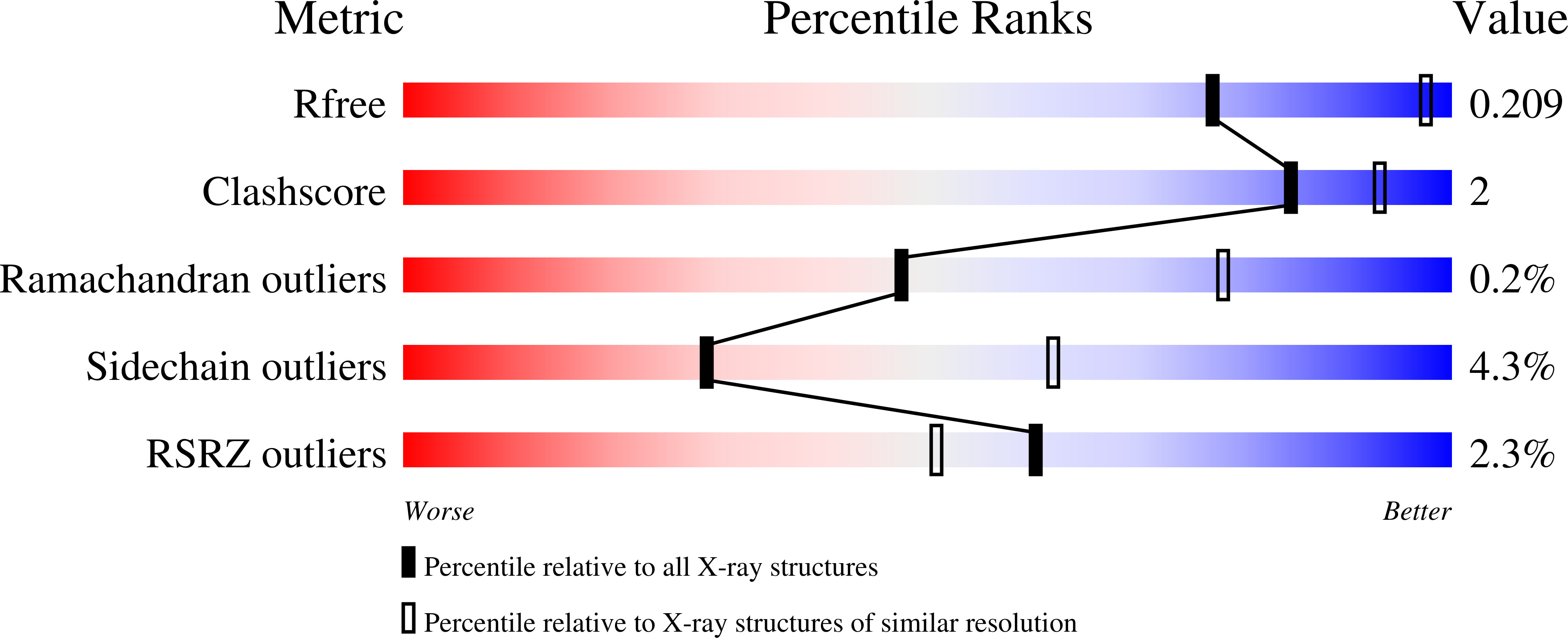
Deposition Date
2023-03-30
Release Date
2023-12-06
Last Version Date
2024-10-16
Entry Detail
PDB ID:
8OLR
Keywords:
Title:
Structure of yeast 20S proteasome in complex with the natural product beta-lactone inhibitor Cystargolide A
Biological Source:
Source Organism:
Saccharomyces cerevisiae (Taxon ID: 4932)
Method Details:
Experimental Method:
Resolution:
2.80 Å
R-Value Free:
0.20
R-Value Work:
0.18
R-Value Observed:
0.18
Space Group:
P 1 21 1


